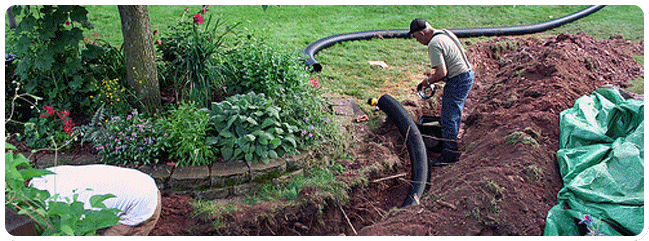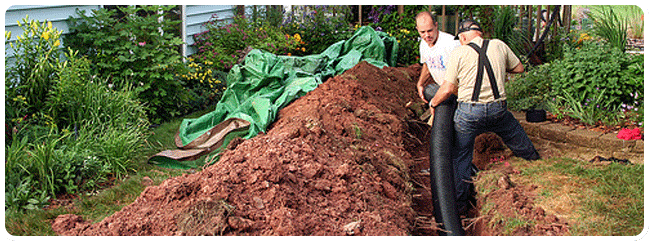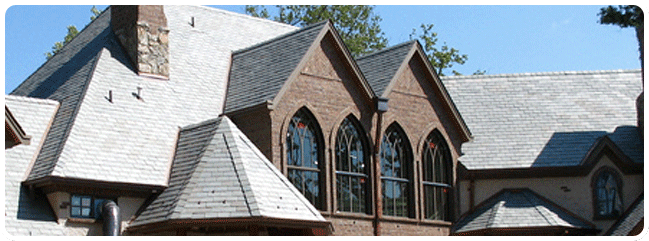This article provides some chimney inspection checklists with detailed suggestions describing how to perform a thorough inspection of chimneys for safety and other defects. Read on!
Overall Chimney Condition
Chimneys that have been out of service for extended periods develop their own special problems. Before starting any fire, thoroughly inspect the chimney and hearth, using this checklist. If any condition is questionable, call in a professional. If the condition is good, move on to the Working Chimney Checklist.
– Give the chimney an overall inspection for soundness. Check for cracks and settling at the foundation, weathering of masonry, or evidence that the chimney is moving away from the house.
– Look closely at the base of the chimney. The firebox should rest on thick reinforced masonry that extends into the earth. The hearth apron in old houses usually cantilevered out in a half-arch should be level and free of major cracks at the fireplace opening.
– Check for excessive leaning above the roofline. (Chimneys tend to lean in the direction of the prevailing wind, not because of actual wind pressure, but due to the effects of burning sulphur-containing fuels that increase the expansion of the mortar joints on the lee side of the chimney.) Minor leaning is more an appearance problem than a structural one, but if the chimney shows signs of cracking and imbalance, it may have to be dismantled to the roofline and rebuilt. Source: OldHouseJournal
Chimney Cap and Flues
– Check whether the chimney cap is intact and functional. If it has any defect, consider repairing or replacing it.
– Are your chimney flues in safe, functional condition, or are they damaged or blocked? Damaged chimney flues are very dangerous, because they can leak gas into the house. This could start a fire. Watch out for any movement or cracks in your chimney. Also, check if any of your metal flues are rusting. Source: DoItYourself
Chimney Bricks and Damper
– Check the flue for any broken or damaged bricks. Vertical cracks in the bricks inside the flue are a sign of a previous fire having taken place there. While you may be aware of this fire if the fireplace is in your own home, it is imperative to check for signs of a fire inside the flue in a new home because you likely won’t be aware of this damage otherwise.
– The damper is a metal flap that covers the part of the fireplace known as the throat. The throat of the fireplace is found above the firebox and below the flue, where hot air and smoke enter. Inspect the damper by opening it completely. Make sure the damper moves freely and that it can fit tightly against the throat. Use a flashlight to check the throat to make sure it is clean. Dampers should be free of cracks, pitting and rusty sections. Source: eHow
If you are thinking about hiring a professional to check your chimney instead, contact us now!
Contact:
Kerrisdale Roofing & Drains Ltd.
168 W 71st Ave, Vancouver, BC V5X 4S7
(604) 360-2114



















